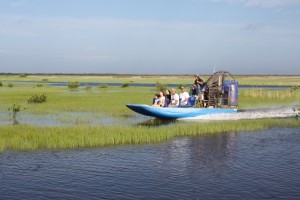 At this time the Everglades and Captain Mitch’s Airboat Tours are both opened during the COVID-19 pandemic.
At this time the Everglades and Captain Mitch’s Airboat Tours are both opened during the COVID-19 pandemic.
The Everglades is open with modifications in place for COVID-19. The access to the park is continuing to increase in a phased approach, but all areas are open. Some concession-operated tours and services have modifications in place.
As for us here at Captain Mitch’s Airboat Tours, we will be returning to our roots and offering private tours as a result of COVID-19. We are now offering our usual standard tours, as well.
We are continuing to monitor COVID-19 and we want you to know we are committed to helping stop the spread of this virus. We are a family owned business, for your safety and the safety of our employees we are diligently sanitizing our facility and equipment.
We will offer private group tours at $450, plus tax. Reservations are suggested and coupons are NOT valid on a private tour.
Going on a private airboat tour is a great way to get outside while social distancing and having fun. It’s an experience that you’ll never forget.
Here are some great tips before coming to the Everglades or for a ride on an airboat tour?
- The Everglades’ weather can be erratic and unpredictable. It can be extremely hot and humid. It also could be stormy. It is always advised you pay attention to the forecast before visiting.
- Always bring water.
- Bring insect repellent, especially in the summer.
- Wear sunscreen.
- Wear the appropriate clothing for whatever Everglades activity you choose to do.
- Keep an eye on your children.
- Pets are NOT allowed on most trails.
- Keep your pets on a leash in parking lots.
- Do not feed or touch the wildlife.
- Wear long sleeves and pants if you want to better avoid mosquito bites.
- Stay at least 15 feet away from an alligator or crocodile.
- Try not to touch plants, especially if you don’t know the species – it could be poisonous.
Explore the Everglades by Private Airboat Tour
The Everglades is a fun place to be, but remember to always be prepared and do things to stay safe.
Ready to explores the Everglades? If you want to truly experience the Everglades, we suggest an airboat tour. You’ll get to see so much of Everglades on this vessel. It’s a once-in-a-lifetime experience that you’ll never forget.
To book an airboat tour, call Captain Mitch’s Airboat Tours at 800-368-0065 or click our Everglades Private Airboat Tours page.
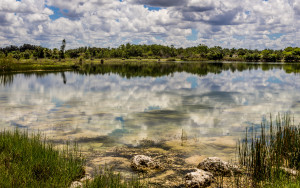 Yesterday, October 21, a huge milestone occurred for Everglades restoration. Work has begun! The work will help water move better in the Everglades.
Yesterday, October 21, a huge milestone occurred for Everglades restoration. Work has begun! The work will help water move better in the Everglades.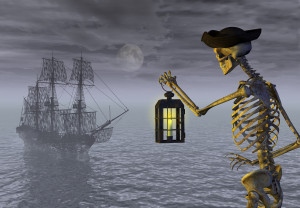 October is a “spirited” month filled with scary costumes, TV specials, ghost tours, haunted houses, and lots of frights. Being such a spooky season, we wanted to share some creepy stories that have come out of the Everglades region.
October is a “spirited” month filled with scary costumes, TV specials, ghost tours, haunted houses, and lots of frights. Being such a spooky season, we wanted to share some creepy stories that have come out of the Everglades region.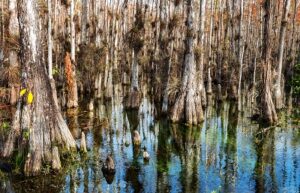 In a blog post last week, we discussed two different ecosystems in the Everglades: freshwater sloughs and
In a blog post last week, we discussed two different ecosystems in the Everglades: freshwater sloughs and 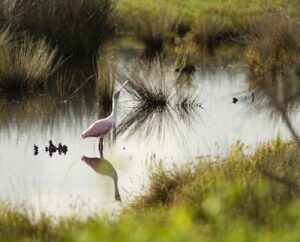 In a blog post last month, we discussed two different ecosystems in the Everglades: pinelands and hardwood hammock. Those are just two of many of the ecosystems within the Everglades.
In a blog post last month, we discussed two different ecosystems in the Everglades: pinelands and hardwood hammock. Those are just two of many of the ecosystems within the Everglades. 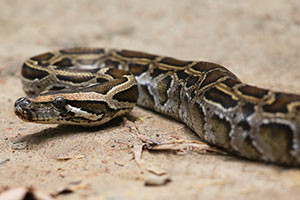 The Burmese Python is an invasive species to the Everglades, causing a lot of destruction. In July, 5,000 Burmese pythons have been captured in the Evergla
The Burmese Python is an invasive species to the Everglades, causing a lot of destruction. In July, 5,000 Burmese pythons have been captured in the Evergla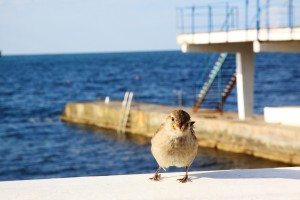 The Cape Sable seaside sparrow is an endangered species in the Everglades.
The Cape Sable seaside sparrow is an endangered species in the Everglades. 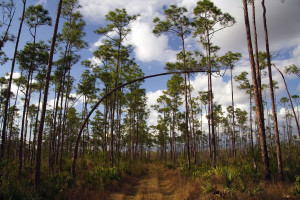 In a blog post last week, we discussed two different ecosystems in the Everglades: mangroves and coastal lowlands. Those are just two of many of the ecosystems within the Everglades.
In a blog post last week, we discussed two different ecosystems in the Everglades: mangroves and coastal lowlands. Those are just two of many of the ecosystems within the Everglades. 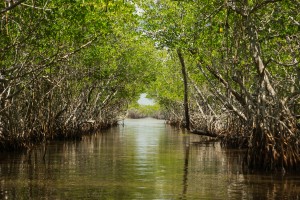 There are many different ecosystems in the Everglades. In fact, you will fly by many of them on one our airboat tours. For this blog post, we wanted to share some information with you on
There are many different ecosystems in the Everglades. In fact, you will fly by many of them on one our airboat tours. For this blog post, we wanted to share some information with you on 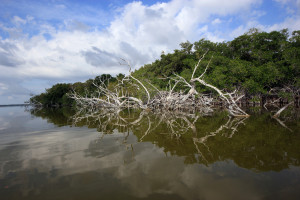 If you’re thinking about coming out on an airboat ride with Captain Mitch, you’ll be spending some time in the Everglades. How much do you know about the Everglades? It’s a beautiful landscape, and ou
If you’re thinking about coming out on an airboat ride with Captain Mitch, you’ll be spending some time in the Everglades. How much do you know about the Everglades? It’s a beautiful landscape, and ou





